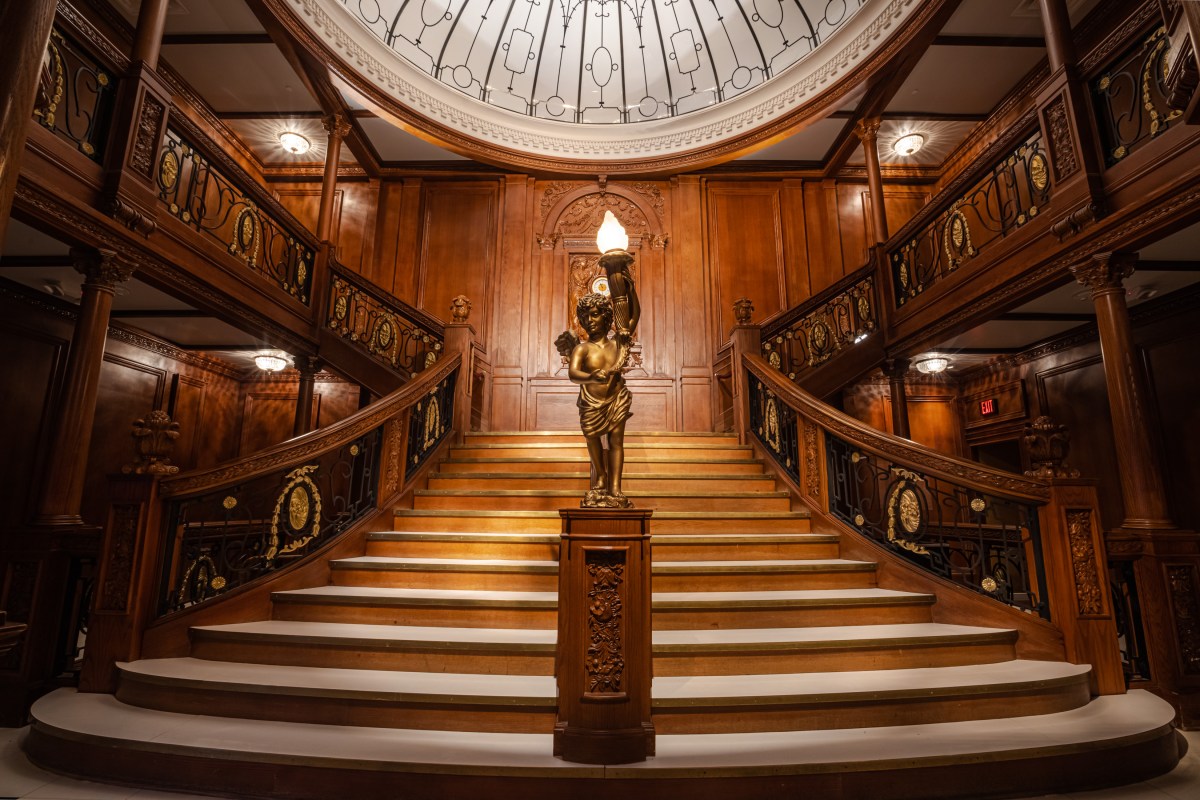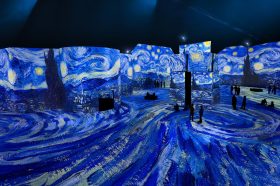‘Welcome to the Titanic exhibition, here’s your boarding pass,’ says a helpful guide on entry to Titanic: The Artefact Exhibition, which was developed by RMS Titanic Inc and the E/M group. The exhibition has travelled all over the world, while also having two permanent locations in the US, and has returned to the Melbourne Museum for the first time since 2010.
The infamous story of the Titanic’s doomed voyage has been told many times over, in many different media, ever since the ship sank to the bottom of the ocean in 1912. Titanic: The Artefact Exhibition attempts to differentiate itself from the overwhelming flurry of content by displaying artefacts recovered from the ship, now 3.8 kilometres underwater. This is somewhat successful, but ultimately overridden by the exhibition’s immersive elements.
The aforementioned boarding pass given to attendees is a temporary identity in which to immerse themselves. Visitors are randomly assigned these passes that offer them the name of a real life passenger on the Titanic, whether that be as a first, second or third class passenger.
So, what does food and board look like in your assigned travel class? Will you survive? In this way, a simple A6 prop encourages engagement throughout the exhibit, especially when comparing passenger experiences with fellow ticket holders.
Turning round the first corner, the exhibition space is transformed into the deck of a ship, complete with squeaky wooden floorboards and shanty tunes. This immersive presentation continues throughout the exhibition. The first half presents each room as a different part of the ship: a corridor, the grand staircase, dining rooms and bedrooms. All to scale, no detail spared. When delving into the ship’s collision with the iceberg, the lights become an ominous red, the temperature lowers and a sheet of ice is presented for attendees to touch.
The design of these rooms, alongside quotes and key facts printed on the exhibition walls, successfully builds suspense as attendees weave through an event with a well-known end. This enhances the emotive and inescapable element of the exhibition – the large-scale loss of life in a grisly fashion.
But the artefacts play little part in the exhibit’s storytelling and historical education. Instead, they are often positioned through each room as though they are afterthoughts. There is no clear direction, spatially or otherwise, about when to engage with them and in relation to what information is provided on the walls. Some artefacts are not from the ship, but rather are similar to what would have been onboard, given design trends and engineering practices at the time.
The information provided about how the Titanic was made, what it was like to travel and work onboard, how it sank, what rescue efforts were undertaken and ongoing conservation challenges isn’t particularly complex.
Still, the fact that relatively undamaged objects were found deep underwater, decades after the vessel sank, is morbidly fascinating. A look of disbelief graces the faces of many people wandering through.
Read: Exhibition review: Barbara McGrady, Australia Has a Black History, University of Sydney
Titanic: The Artefact Exhibition isn’t the place to go for new revelations about the ship or in-depth discussions as to how each puzzle piece came together to ensure disaster, but for Titanic fans (the ship itself, the movie and whatever else is out there) this is a short and sweet immersive adventure.
Titanic: The Artefact Exhibition
Developed by E/M group and RMS Titanic Inc
Melbourne Museum, Melbourne
Titanic will be exhibited until 14 April 2024
Tickets: $14-$32.50





